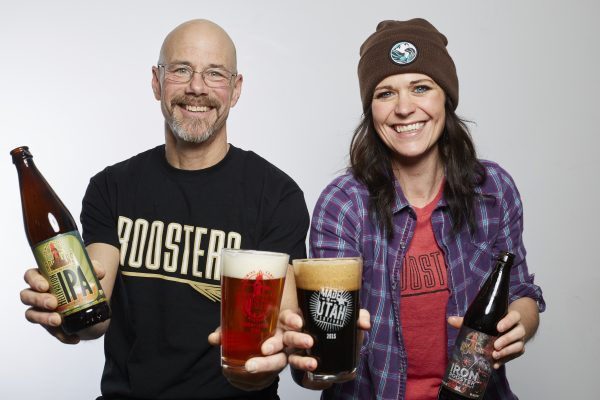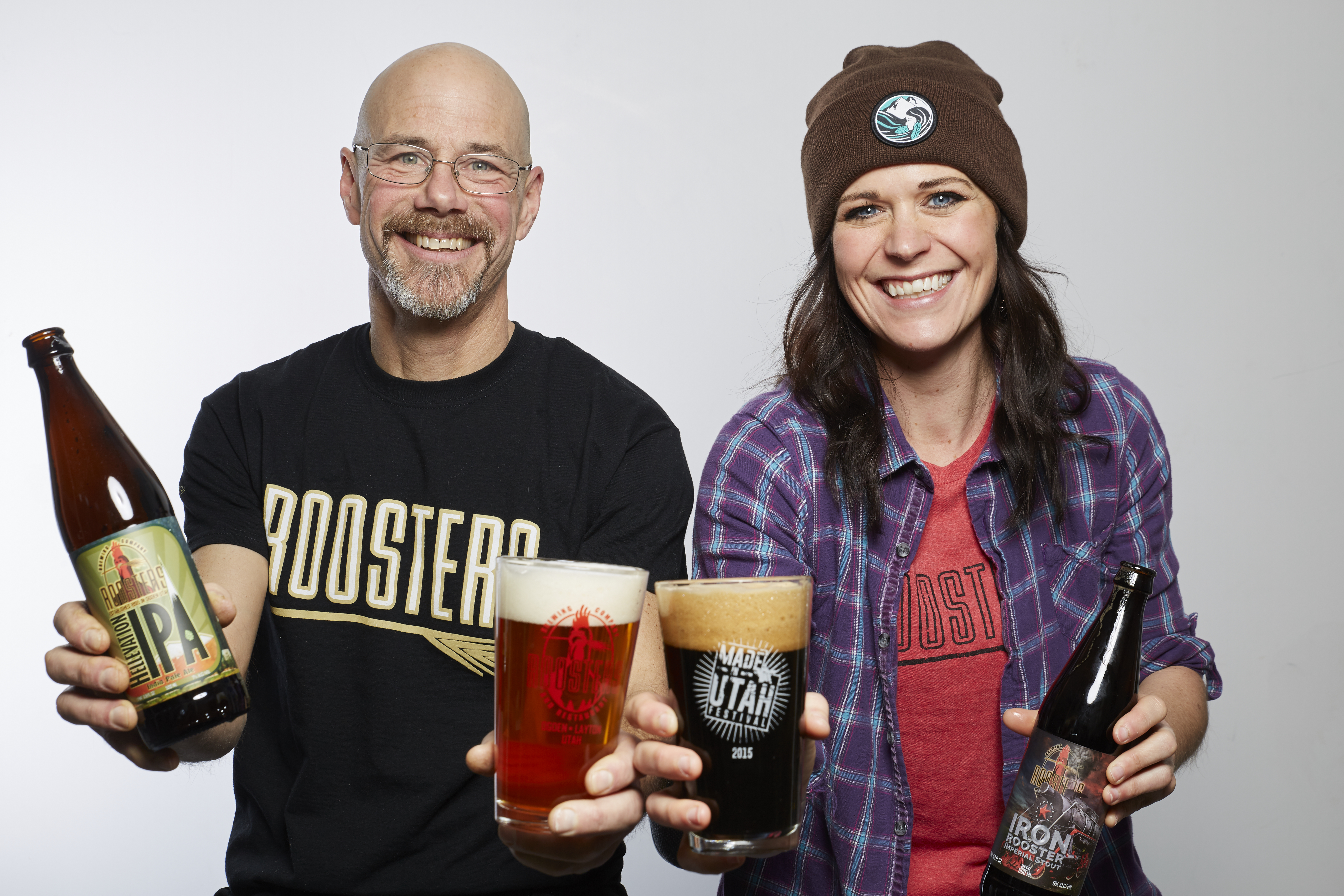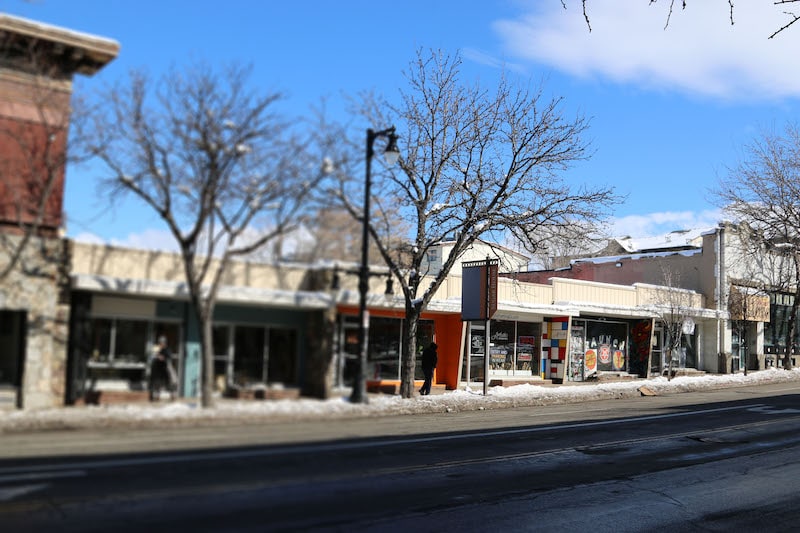
Utah has 22 craft breweries that provide a $390 million economic impact. The big news is that craft beer now amounts to 15% of Utah’s overall beer consumption. This is huuuge!
Today, 184,000 barrels of craft beer are being produced locally each year, which is creating jobs and wealth in the local economy instead of enriching shareholders of massive corporations.
Examining the trends across the country in the shift to craft and local, Seattle, Portland and Denver are beating out Salt Lake City because these cities are embracing the “shift to local, craft and high-quality.” Utah legislators, however, are not.
The greatest benefit is that these dollars that were formerly exiting the economy are now providing high-paying trade jobs which can strengthen the middle class and offer more wealth-creating opportunities to entrepreneurs.
If more industries were to follow in the manner the craft beer industry has grown, we would solve the problem of the growing gap between the rich and the poor because jobs, profits and wealth would remain in local economies rather than simply enriching the shareholders and executives of massive corporations.
The giant corporations haven’t been sitting idly by watching the rise of craft beer, they have been buying craft breweries. InBev owns 400 beer brands including Budweiser, Corona and Stella Artois. Its international brands are Beck’s, Hoegaarden and Leffe. They have been snatching up small local brands.
While it’s a nice exit strategy for craft brewery owners to get a buyout (no Utah breweries are owned by inBev) — it causes a shift in priorities. Mainly, the economies of scale are brought into practice which centralize and consolidate operations. This ends up reversing some of the benefits these small breweries were offering to the suppliers around them.
“The average craft style beer uses between three and seven times as much malt per barrel as a mass market lager,” according to a recent report by Fortune Magazine. The report adds, “At present, craft brewers employ an estimated 115,469 full-time and part-time workers — a drop in the bucket of the overall industry. The Beer Institute estimates the larger beer industry supports 1.75 million jobs — with more than 70 percent of those direct brewing jobs linked to large and mid-sized brewers and beer importers, roughly the same amount as they did in 2012. All totaled, The Beer Institute found, the beer industry is responsible for wages of $78.6 billion nationwide. The figure includes jobs from brewers, wholesalers, retailers, suppliers and induced industries (those affected by people who work in beer).”
The economic impact is so substantial that there are now small cities offering subsidies to potential brewers and investors who would like establish breweries in their municipalities. Craft breweries offer a great reason for visitors to get a sample of unique regional culture. This trend is highly evident especially in the United States’ biggest craft beer cities. Visit Denver and you can’t leave without tasting a Belgian sour. I recommend a craft brewery called Crooked Stave. Visit Portland and you can’t leave without touring Rouge’s factory and sampling their black chocolate ale.
I visited Ogden and sampled beers from their newest micro-brewery, Talisman Brewing Company. The micro-brewing trend is nothing new. European Cities all feature their own breweries, and even smaller cities have their own brands and beers. But the U.S. differs, because what we do with beer would be and is considered sacrilegious. A taste of authentic, local culture is offered by sampling beers. The incredible beers offered in Utah are thanks to the hugely dedicated, team-work-oriented craft brewers found in Utah, to whom this issue is dedicated. Brewers in Utah realize they are all on the same team, working to capture more market share collectively. The Utah Brewers Association has never been stronger than it is today.
A. Fisher Brewing Co. just reopened their doors in Salt Lake City in February. Their format is a full-scale, small brewery which is not a tasting room, but a real brewery bar. This model was illegal in Utah just one year ago. The owner of Fisher lobbied to have the law changed so they could open the style of brewery which would allow them to not have to spend thousands of dollars on packaging equipment, but instead focus their efforts on brewing the best beer possible.
Read all our stories about Utah’s great breweries over the next few days.






